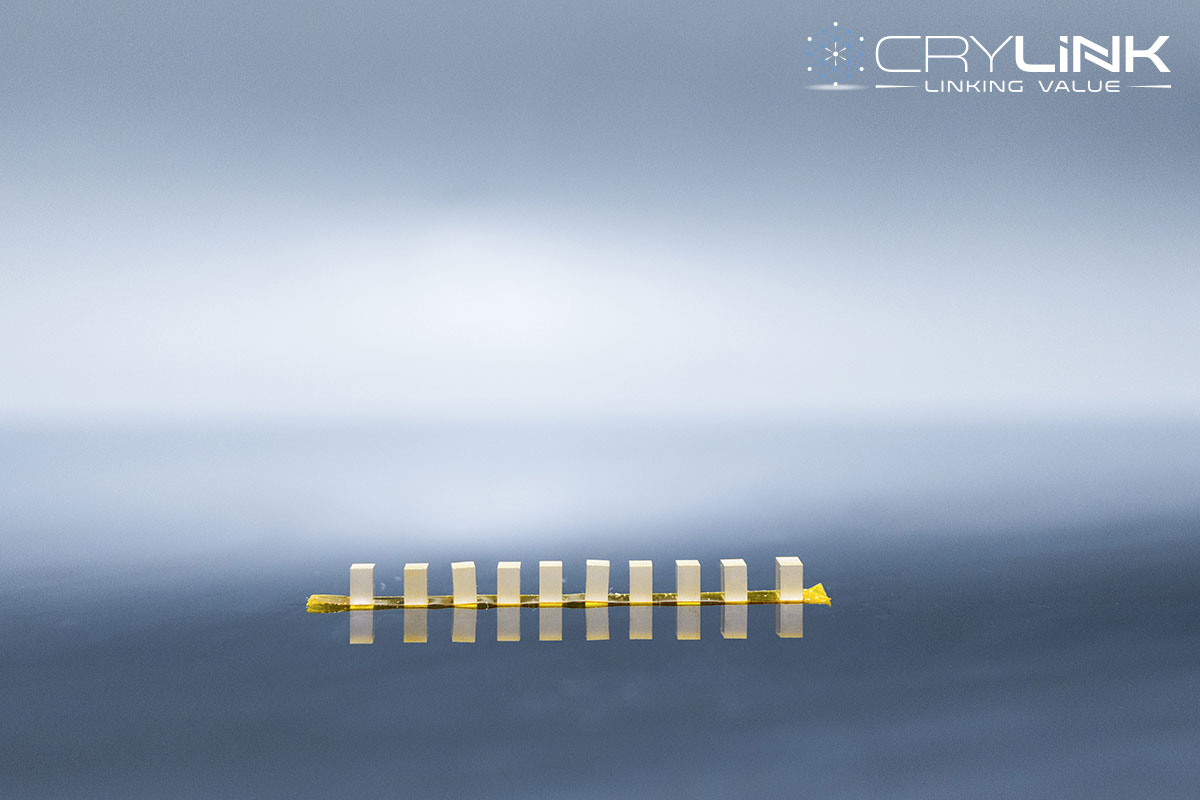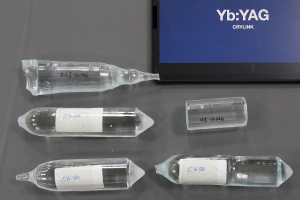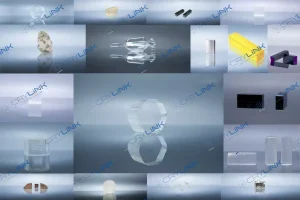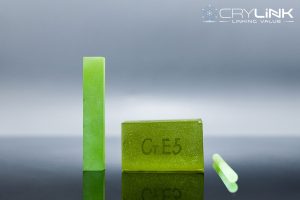Er Glass Fiber Amplifier
The emission of Er3+ at 1530 nm has attracted particular attention in telecommunication applications. Because it is in the third fiber optic communication window, this emission is critical for information transfer in Er3+ doped fiber optical amplifiers. It is often used in wavelength division multiplexing networks.
Er, Yb phosphate laser glass, with its excellent fluorescence properties and chemical stability, especially the ion exchange method, can be used to make high gain per unit length, high output power, wide bandwidth, noise close to the quantum limit, independent of the polarization of the integrated optical waveguide amplifier has attracted significant attention. At the same pump power, the optimal length of phosphate-based fiber amplifier than the quartz glass-based fiber amplifier is shorter.
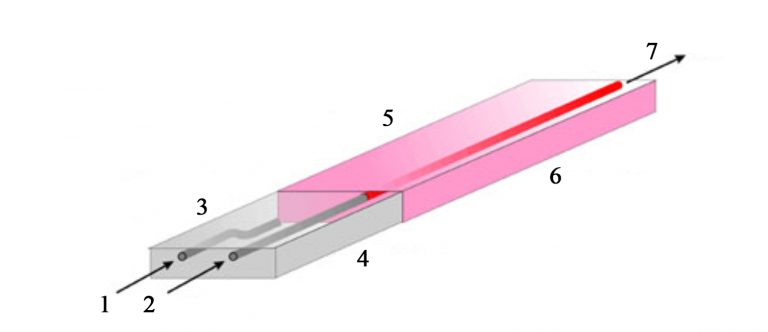
The main components of device are:
- Pump input
- Signal input
- Pump/signal multiplexer
- Undoped silicate glass
- Power amplifier
- Er-doped phosphate glass
- Amplified signal output
In the Er and Yb co-doping system, Yb absorbs most of the pump energy and quickly transfers it to the adjacent Er. The more considerable phonon energy in the phosphate glass matrix increases from 4I11/2–4I13 /2, the chance of transition, the point is reversed from Er to Yb. Yb has a more extensive absorption cross-section and a wider absorption band (800nm~1100nm). Therefore, glass fibers doped with Yb can expand the pump wavelength range. The pump light source is usually a laser diode
- High gain
- Good chemical stability
- Small batch
- Low cost
- Easy to integrate
- All-optical communication
- DWDM channel
- Optical add/drop module
- Cross-connect module
- Signal monitoring
- Channel equalization equipment

